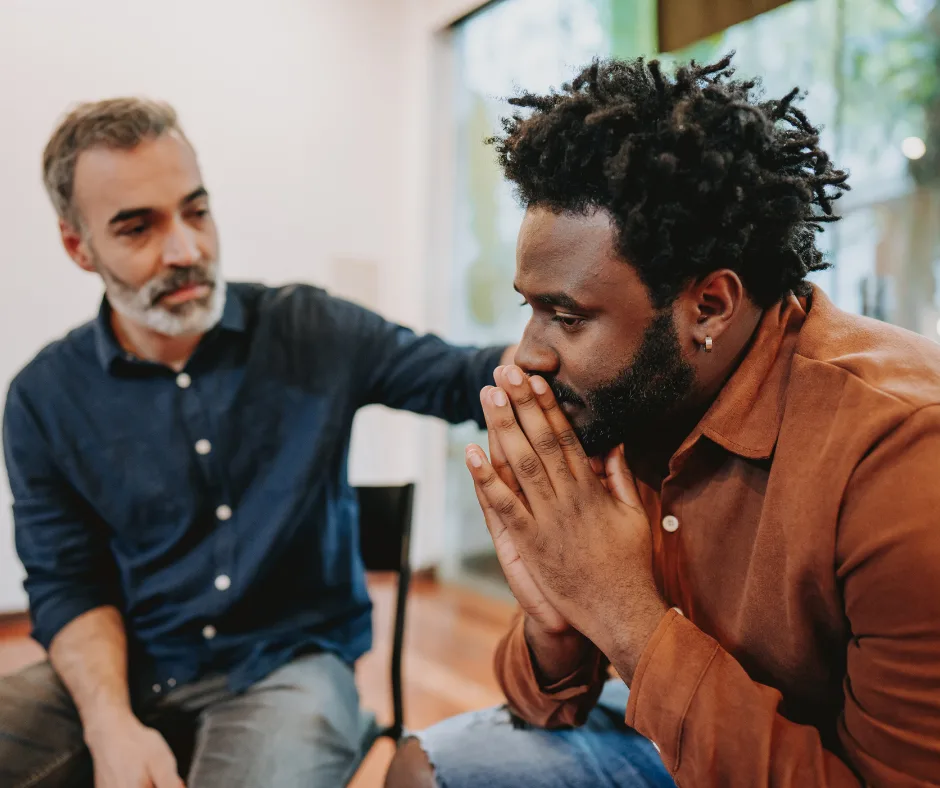At SAFE Project, we are passionate about making sure communities have the tools and resources they need to successfully reduce the impact of the epidemic. That is why we’ve made two free resources available for community leaders working across the continuum of care –- both of which complement each other: SAFE Project’s Community Playbook and SAFE Solutions hub.

The SAFE Community Playbook
The Community Playbook is a step-by-step process of how communities can organize, evaluate, and create change. If you are interested in driving community-centered solutions, the Community Playbook can serve as your framework walking you through finding the right team to lead your effort, working together to identify your priorities, and finally, putting your work into action.
SAFE Solutions
SAFE Solutions is a platform that serves as a one-stop-shop for communities to find a collection of research, educational materials, and promising practices to support their strategic response efforts. We know you may not have the time or resources to find promising practices from across the nation, so we have compiled this information for you.
New to SAFE Solutions? Start here with our quick how-to guide.

Additional Resources & Assistance
Request Help or Share a Resource
We’re here to help!
If you have questions, want to highlight a best practice, or are interested in becoming a subject matter expert, let us know.

How SAFE Solutions Can Help
While the Community Playbook and SAFE Solutions aren’t a one-size-fits-all fix, they offer real strategies communities can begin using today. The flyer below outlines how SAFE Solutions can guide your local response.

About These Resources
SAFE Project’s Community Playbook and SAFE Solutions hub are free resources for communities who are working diligently on-the-ground in response to the addiction epidemic. Funding for both of these resources are sustained through private and corporate donations. As a supporter, your donation assures these tools remain available to communities. With your generous contribution, communities are able to respond with more resilience, capacity, and coordination to this crisis — ultimately saving more lives.
